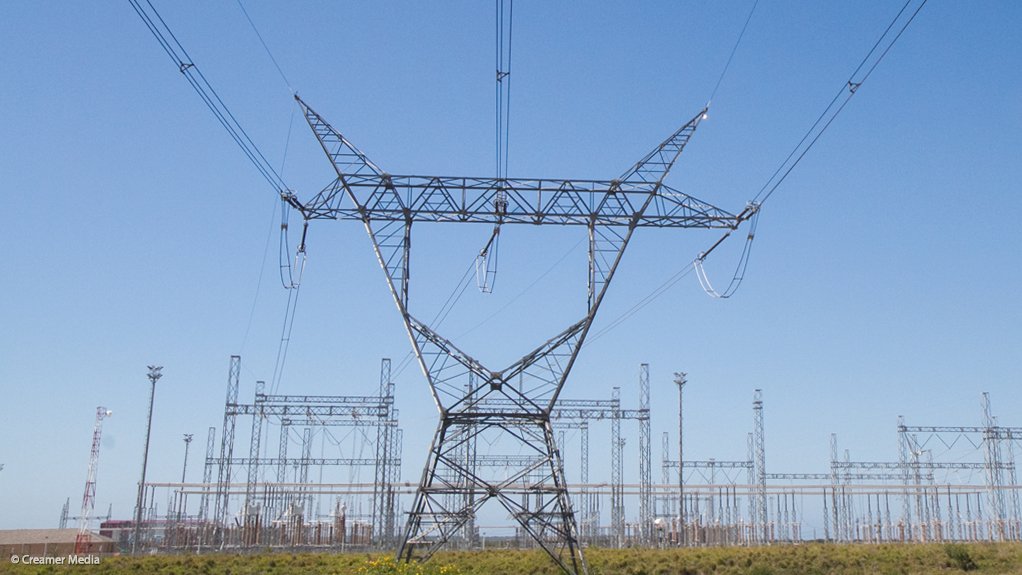Electricity Minister Kgosientsho Ramokgopa says all the work being done by government on the financial structure to facilitate private investment into the country’s transmission infrastructure is being consolidated under his Ministry, including the work being done on the issue by the National Treasury and the International Finance Corporation (IFC).
This confirmation follows an announcement in the National Treasury’s Budget Review that a request for proposals will be released by the end of July for a pilot project involving “off-balance-sheet financing to accelerate private-sector investment in transmission, without negatively affecting Eskom’s balance sheet and the fiscus”.
Ramokgopa indicated during a briefing on the implementation of the Energy Action Plan that his Ministry had been working with the National Treasury, the IFC and others on what he termed an “EPC plus F” concept, involving the engineering, procurement, construction plus financing of new transmission infrastructure.
He insisted that the plan was being coordinated under his auspices with the intention of settling on a way to structure such transactions without the need for government guarantees or undermining the National Transmission Company South Africa (NTCSA), the grid and system operator currently being established as an independent entity under Eskom Holdings.
“I’m confident that within the next two weeks I will be coming back to the country to say: ‘This is how we are going to progress’,” Ramokgopa said.
Internal discussions within government, including discussions with the NTCSA, still had to be finalised, however. Once concluded, it was possible that private sector participation could be directed towards supporting three priority corridors, which Ramokgopa indicated could unlock 2 300 MW of new renewables generation capacity.
He also expressed confidence that there was funding available for developing new grid infrastructure based on a build, own, operate and transfer model used internationally, which would be “domesticated” for the South African context, including the policy that the NTCSA remained the sole system operator and the custodian of the grid.
Lessons were being drawn from South Africa’s experiences in procuring generation capacity from private investors, including the value of having procurement located at “arm’s length” from government’s bureaucratic processes, as has been the case with the Independent Power Producer Office.
Prior to the appointment of the NTSCA board earlier in the year, the Minister indicated that the transmission procurement agency might be located within either the Development Bank of Southern Africa or the Industrial Development Corporation.
The NTCSA already had a Transmission Development Plan and any private sector participation would be guided by that plan with the intention of accelerating implementation.
There is also an ambition to channel concessional and grant funding towards transmission projects, especially the nearly $12-billion in funding committed to the Just Energy Transition Partnership Implementation Plan. To date, this funding has not been integrated with physical projects, with most of the concessional loans approved to date having flowed into the general fiscus as ‘policy loans’.
“We are not sitting with a money problem; we are sitting with a structuring problem … and we are at an advanced stage on [finalising that structure],” Ramokgopa insisted.
EMAIL THIS ARTICLE SAVE THIS ARTICLE ARTICLE ENQUIRY
To subscribe email subscriptions@creamermedia.co.za or click here
To advertise email advertising@creamermedia.co.za or click here











